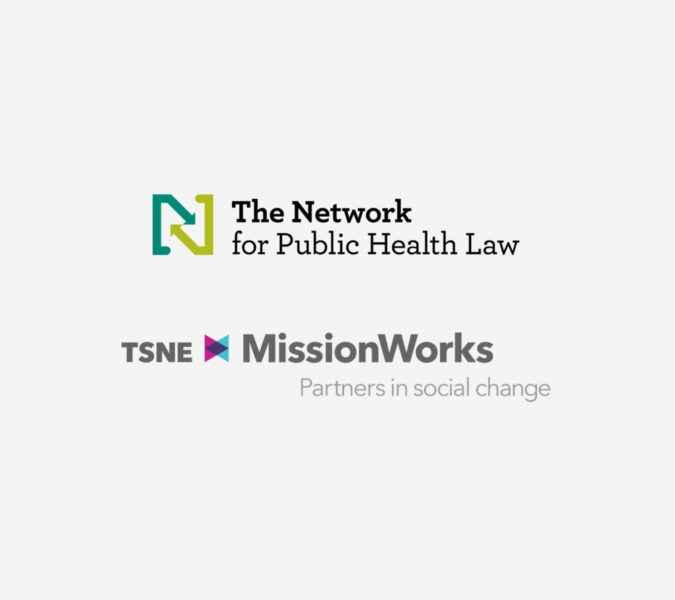
Job Opportunity: Senior Public Health Attorney
Network NewsThe Network is seeking a Public Health Senior Attorney to lead and coordinate work in our Act for Public Health (A4PH) initiative, which helps public health departments preserve their authority and powers to protect the health of communities. This position will track and analyze legislation, provide legal technical assistance, conduct training, develop tools and educational materials, and facilitate opportunities for networking and peer assistance. This position will also be the main point of contact and coordinate with A4PH partner organizations. As a team member, the Senior Attorney will help identify funding opportunities, write grant proposals, manage contracts and project deliverables, and perform other duties as assigned.










